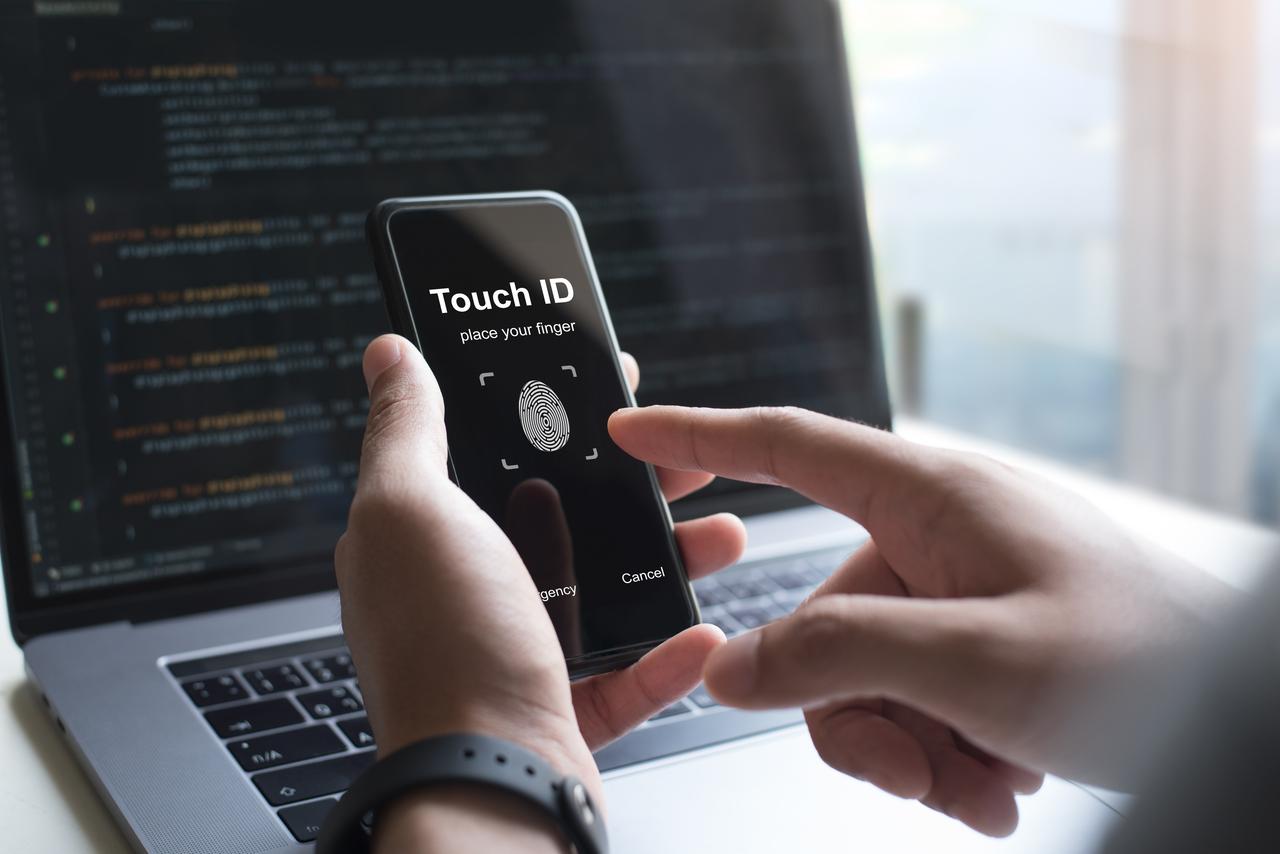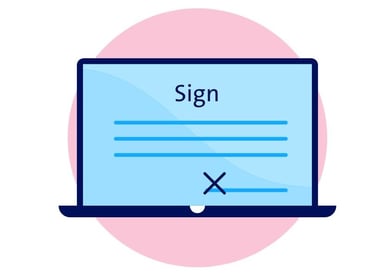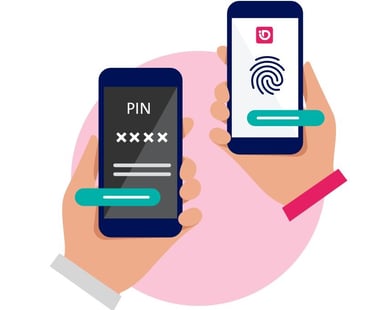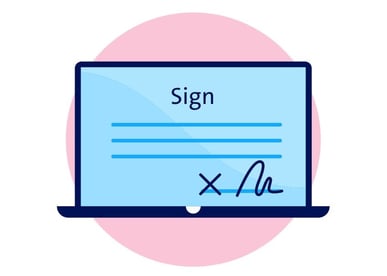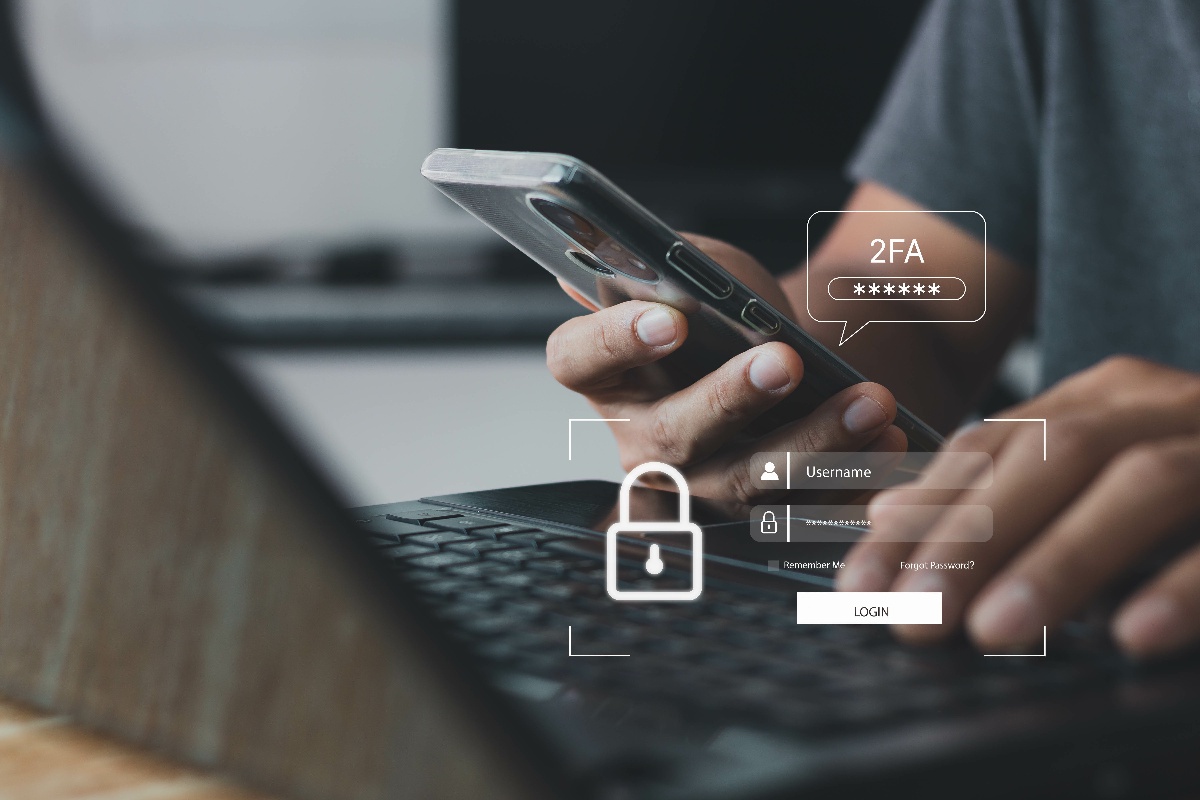Stay informed about the latest updates on pan-European regulations and laws and their impact on digital trust service provider
Working with a signature platform TSP and PaaS provider offers many benefits, including improving the quality, efficiency, and security of their signature solutions, increasing the confidence of...
In the case of electronic signatures, an integrated solution can help solve these problems by digitizing process gaps and speeding up and simplifying document processing.
Electronic signatures are an essential part of the digital transformation for the fintech and banking industry. Electronic signatures can help improve the efficiency and accuracy of processes such as...
A TSP for SaaS providers offers many benefits, including improving the quality, efficiency, and security of their signature solutions, increasing the trust of their customers, and reducing risks.
The technical integration of trust solutions in a signature platform offers cloud providers many advantages, e.g. scaliability, latest security standards or standardized APIs.
Enterprises and ERP providers face complex technical challenges, such as company size or internationalization, when implementing e-signature solutions and integrating a TSPs.
Financial service providers can boost conversion rates by seamlessly integrating trust solutions and efficiently navigating compliance requirements.
The technical integration of TSP's digital identity and e-signature solutions enables SaaS and PaaS providers to comply with the latest security and interface standards.
Discover future-proof technological solutions and innovations for your business success.
In our Help Center, you will find the answers to our frequently asked questions.
This section will offer exciting interviews and discussions from various sectors, such as finance, HR, and health. Our experts describe the current challenges in their fields, provide compelling...
Our customers and partners have successfully streamlined their processes and digitized the final step to legally valid contract conclusion. Find out how they benefit from our digital identity, secure...
Learn what an electronic signature is
What types of electronic signatures there are
How to sign a document electronically
The embedded e-signing platform Smart Registration und Signing Service provides qualified and advanced electronic signatures for the EU jurisdiction.
The embedded e-signing platform Smart Registration and Signing Service offer a combined solution of identification and one-time e-signatur for KYC-processes in the European jurisdiction.
The embedded e-signing platform Smart Registration and Signing Service provides qualified and advanced electronic signatures for the Swiss jurisdiction.
The embedded e-signing platform Smart Registration and Signing Service offer a combined solution of identification and one-time e-signatur for KYC-processes in Swiss jurisdiction.
The embedded e-signing platform Smart Registration and Signing Service offer identification via valid Swiss mobile number and advanced electronic signtuare in Switzerland
Learn what an electronic seal is here
What types of electronic seals there are
How a company successfully seals electronically
The embedded e-sealing software Smart Registration and Signing Service provides regulated electronic seal for Swiss public authorities in accordance with ZertES and TAV.
The reptetive e-sealing solution Smart Registration and Signing Service provides regulated and advanced electronic seals for organizations in the Swiss jurisdiction
The embedded e-sealing solution Smart Registration and Signing Service provides qualified and advanced electronic seals for organizations in the European jurisdiction.
Learn what an online identity check is
What current identification methods are available on the market
What the areas of application and advantages of online identification are
The embedded e-signature platform Smart Registration and Signing Service offers a wide range of identification methods to register for eIDAS-compliant e-signatures.
The embedded e-signature platform Smart Registration and Signing Service offers a wide range of identification methods to register for ZertES-compliant e-signatures.
Simple and intuitive Face-2-Face identification hub solution for businesses to register people for electronic signature.
Learn what two-factor authentication is
Why it takes an authentication solution for the electronic signature
The embedded e-signature platform Smart Registration and Signing Service provides a diverse array of authentication methods for approving electronic signatures.
Explore our range of e-signature and e-seal service packages for partners, SMEs, and enterprises. Choose from various packages tailored to your needs.
Here are the frequently asked questions about our products and services.
On our Dev Hub, you will find all the essential information about using the interfaces provided by Swisscom.
Our GitHub page contains Postman examples and four Java/C#-based clients for the signature service that use the iText/PDF Box libraries and the signature service wiki.
In our repository, you will find the documentation on Swisscom CA and PKI, our CP/CPS, and terms of use.
Here you will find a selection of PDF Library providers that support the interfaces provided by Swisscom.
You can inform Swisscom about potential security vulnerabilities here.
You are welcome to contact us via the support page.
Please visit our Help Center.If you can't find an answer to your question, please don't hesitate to contact our support team.
Our products are integrated into ready-made digital customer solutions, enabling processes without media discontinuity. Here is an overview of our solution partners.
Customer success stories
Discover how customers are benefiting from our digital identity, secure authentication, and e-signature solutions and services. Our customers are active in various industries
Our partner log-in area is aimed at our solution partners.Are you still waiting for a partner log-in? Get in touch.
Swisscom Trust Services is a leading provider of trust services and provides qualified electronic signatures in the legal areas of the EU and Switzerland.
We are a team of more than 30 experts providing innovative, complete, compliant, and easy-to-integrate identity-based and electronic signature services.
The European Signature Dialogue is an association of the most important European providers of electronic signatures.
Today, the registered association Bitkom represents more than 2,000 member companies - including around 1,000 high-performing SMEs, over 500 innovative tech start-ups, almost half of the 40 DAX...
With around 1,000 member companies, eco is Europe's largest Internet industry association. Since 1995, eco has been instrumental in shaping the internet, promoting new technologies, creating...
The Competence Center for Applied Security Technology, CAST e.V. offers a wide range of services in the security of modern information technologies. It is the contact for IT security issues.
The Bundesverband IT-Sicherheit e.V. (TeleTrusT) is a competence network comprising domestic and foreign members from industry, administration, consulting and science, and thematically related...
We seek experts with an exciting track record who want to contribute to our growth.
In this section, you will find our press contact, the latest press releases, company information, and media content for download.
Stay informed about the latest updates on pan-European regulations and laws and their impact on digital trust service provider
Working with a signature platform TSP and PaaS provider offers many benefits, including improving the quality, efficiency, and security of their signature solutions, increasing the confidence of...
In the case of electronic signatures, an integrated solution can help solve these problems by digitizing process gaps and speeding up and simplifying document processing.
Electronic signatures are an essential part of the digital transformation for the fintech and banking industry. Electronic signatures can help improve the efficiency and accuracy of processes such as...
A TSP for SaaS providers offers many benefits, including improving the quality, efficiency, and security of their signature solutions, increasing the trust of their customers, and reducing risks.
The technical integration of trust solutions in a signature platform offers cloud providers many advantages, e.g. scaliability, latest security standards or standardized APIs.
Enterprises and ERP providers face complex technical challenges, such as company size or internationalization, when implementing e-signature solutions and integrating a TSPs.
Financial service providers can boost conversion rates by seamlessly integrating trust solutions and efficiently navigating compliance requirements.
The technical integration of TSP's digital identity and e-signature solutions enables SaaS and PaaS providers to comply with the latest security and interface standards.
Discover future-proof technological solutions and innovations for your business success.
In our Help Center, you will find the answers to our frequently asked questions.
This section will offer exciting interviews and discussions from various sectors, such as finance, HR, and health. Our experts describe the current challenges in their fields, provide compelling...
Our customers and partners have successfully streamlined their processes and digitized the final step to legally valid contract conclusion. Find out how they benefit from our digital identity, secure...
Learn what an electronic signature is
What types of electronic signatures there are
How to sign a document electronically
The embedded e-signing platform Smart Registration und Signing Service provides qualified and advanced electronic signatures for the EU jurisdiction.
The embedded e-signing platform Smart Registration and Signing Service offer a combined solution of identification and one-time e-signatur for KYC-processes in the European jurisdiction.
The embedded e-signing platform Smart Registration and Signing Service provides qualified and advanced electronic signatures for the Swiss jurisdiction.
The embedded e-signing platform Smart Registration and Signing Service offer a combined solution of identification and one-time e-signatur for KYC-processes in Swiss jurisdiction.
The embedded e-signing platform Smart Registration and Signing Service offer identification via valid Swiss mobile number and advanced electronic signtuare in Switzerland
Learn what an electronic seal is here
What types of electronic seals there are
How a company successfully seals electronically
The embedded e-sealing software Smart Registration and Signing Service provides regulated electronic seal for Swiss public authorities in accordance with ZertES and TAV.
The reptetive e-sealing solution Smart Registration and Signing Service provides regulated and advanced electronic seals for organizations in the Swiss jurisdiction
The embedded e-sealing solution Smart Registration and Signing Service provides qualified and advanced electronic seals for organizations in the European jurisdiction.
Learn what an online identity check is
What current identification methods are available on the market
What the areas of application and advantages of online identification are
The embedded e-signature platform Smart Registration and Signing Service offers a wide range of identification methods to register for eIDAS-compliant e-signatures.
The embedded e-signature platform Smart Registration and Signing Service offers a wide range of identification methods to register for ZertES-compliant e-signatures.
Simple and intuitive Face-2-Face identification hub solution for businesses to register people for electronic signature.
Learn what two-factor authentication is
Why it takes an authentication solution for the electronic signature
The embedded e-signature platform Smart Registration and Signing Service provides a diverse array of authentication methods for approving electronic signatures.
Explore our range of e-signature and e-seal service packages for partners, SMEs, and enterprises. Choose from various packages tailored to your needs.
Here are the frequently asked questions about our products and services.
On our Dev Hub, you will find all the essential information about using the interfaces provided by Swisscom.
Our GitHub page contains Postman examples and four Java/C#-based clients for the signature service that use the iText/PDF Box libraries and the signature service wiki.
In our repository, you will find the documentation on Swisscom CA and PKI, our CP/CPS, and terms of use.
Here you will find a selection of PDF Library providers that support the interfaces provided by Swisscom.
You can inform Swisscom about potential security vulnerabilities here.
You are welcome to contact us via the support page.
Please visit our Help Center.If you can't find an answer to your question, please don't hesitate to contact our support team.
Our products are integrated into ready-made digital customer solutions, enabling processes without media discontinuity. Here is an overview of our solution partners.
Customer success stories
Discover how customers are benefiting from our digital identity, secure authentication, and e-signature solutions and services. Our customers are active in various industries
Our partner log-in area is aimed at our solution partners.Are you still waiting for a partner log-in? Get in touch.
Swisscom Trust Services is a leading provider of trust services and provides qualified electronic signatures in the legal areas of the EU and Switzerland.
We are a team of more than 30 experts providing innovative, complete, compliant, and easy-to-integrate identity-based and electronic signature services.
The European Signature Dialogue is an association of the most important European providers of electronic signatures.
Today, the registered association Bitkom represents more than 2,000 member companies - including around 1,000 high-performing SMEs, over 500 innovative tech start-ups, almost half of the 40 DAX...
With around 1,000 member companies, eco is Europe's largest Internet industry association. Since 1995, eco has been instrumental in shaping the internet, promoting new technologies, creating...
The Competence Center for Applied Security Technology, CAST e.V. offers a wide range of services in the security of modern information technologies. It is the contact for IT security issues.
The Bundesverband IT-Sicherheit e.V. (TeleTrusT) is a competence network comprising domestic and foreign members from industry, administration, consulting and science, and thematically related...
We seek experts with an exciting track record who want to contribute to our growth.
In this section, you will find our press contact, the latest press releases, company information, and media content for download.








